This week on the blog, I’m taking a quick detour away from YA with some marvellous historical fiction children’s books!
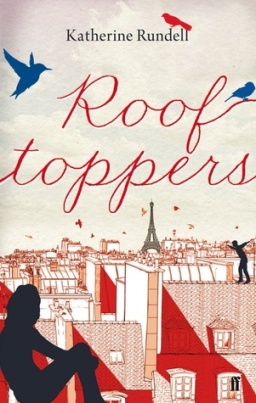 Rooftoppers by Katherine Rundell
Rooftoppers by Katherine Rundell
Publisher: Faber and Faber
Publication date: 7th March 2017
Source: Purchased
Find on Goodreads and The Book Depository
Found floating in the English Channel in a cello case after a shipwreck when she was a baby and taken in by the kindly Charles, it seems almost impossible that Sophie’s mother is still alive – but that means it is still possible, and you should never ignore a possible.
When the Welfare Agency threatens to send Sophie to an orphanage, she flees to Paris to follow the only clue she has: an address on the inside of the cello case. There she meets Matteo and his network of rooftoppers, who open her eyes to a world above the streets, close to the sky. They must find her mother before Sophie can be caught and sent back to London – and before she loses hope.
I’ve talked about how much I like Rooftoppers before (for instance here, and most recently, here in my review of Katherine Rundell’s latest novel The Explorer) but I think I should just say again how much I adore this book. I don’t even think I have quite the words to describe how much. It is wonderful children’s fiction. It’s wry and funny and self-aware (“Your powers of observation are formidable. You are a credit to your optician”) and atmospheric and clever and just a little magical. It reaps the rewards of an adept writing style but bears traces of an old-fashioned children’s classic.
It’s set in the late nineteenth century, and is very much a book of two halves: its English scenes are warm and bookish while its Parisian scenes are both grimy and starry. The book’s eccentric family focus was perhaps my favourite parts of the novel. Young heroine Sophie is tomboyish, plucky and daring (“It is difficult to believe in extraordinary things. It is a talent you have, Sophie. Don’t lose it”). Her guardian Charles is unconventional but incredibly kind (“He was thirty-six years old, and six foot three. He spoke English to people and French to cats, and Latin to the birds”). The enigmatic Matteo and his ragtag collection of street urchins add notable texture and grounding to the book’s landscape. I only wish the novel’s ending wasn’t quite so rushed. That said, while there are a lot of children’s adventure stories out there (in fact The Explorer is one of the best of 2017) but Rooftoppers remains a masterstroke. 
Rooftoppers is a wonderful work of elegant plot, pacy adventuring and wry humour. Katherine Rundell is fast becoming one of my favourite writers of children’s books.
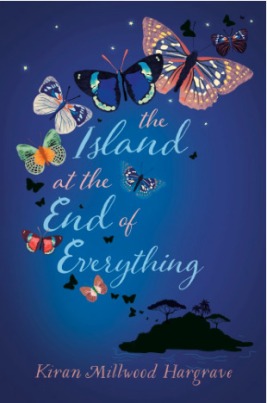 The Island at the End of Everything by Kiran Millwood Hargrave
The Island at the End of Everything by Kiran Millwood Hargrave
Publisher: Chicken House Books
Publication date: 4th May 2017
Source: Library
Find on Goodreads and The Book Depository
Ami lives with her mother on an island where the sea is as blue as the sky. It’s all she knows and loves, but the arrival of malicious official Mr Zamora changes their world forever: the island is to be made into a leper colony. Taken from her sick mother and banished across the sea, Ami faces an uncertain future in an orphanage. There she meets a honey-eyed girl named for butterflies, and together they discover a secret that will lead her on an adventure home. Ami must go back to the island of no return, but will she make it in time?
A pattern is emerging in Kiran Millwood Hargrave’s children’s books: both The Girl of Ink and Stars and The Island at The End of Everything have – to name just a few similarities -long titles, young female protagonists, tropical island settings, and officious male villains who use bureaucracy to ruin that tropical island home. However, while The Girl of Ink and Stars is magical realism or light fantasy, her second standalone novel certainly leans toward historical fiction. The Philippine island of the title, Culion, was a real leper colony for over ninety years (though it should be noted that in the book ‘leper’ is seen as a slur and the word ‘Touched’ is use to describe those who have contracted the disease). Set in the early twentieth century, it makes use of such implied isolation to create a microcosm that could seem ghastly (as the reader is aware of the seriousness of the illness) but has the capacity to amaze, particularly as Ami discovers the butterflies of the cover.
The Island at the End of Everything is a very bittersweet book. It echoes with a (perhaps not-unexpected) melancholia that saps some of the potential magic of the prose. I liked the descriptions, the kindness of several of its characters and the interesting twist in perspective that comes just over halfway into the book. I would’ve liked a stronger plot and a more memorable cast, but Millwood Hargrave writes with an effective and descriptive style. If you liked The Girl of Ink and Stars (my review of which can be read here), this one is worth checking out.

A relatively short and often bittersweet second novel, with an unusual choice of subject and an effective, descriptive writing style.
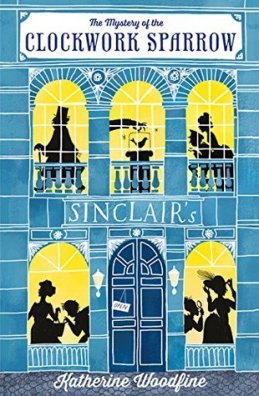
The Mystery of the Clockwork Sparrow by Katherine Woodfine
Publisher: Egmont
Publication date: 4th June 2015
Source: Library
Find on Goodreads and The Book Depository
When a priceless and bejewelled clockwork sparrow is stolen from the glamourous London department store known as Sinclair’s, shop girl Sophie finds herself on the trail of some of the city’s most dastardly criminals. Joined by rookie porter turned aspiring detective Billy and extroverted, beautiful chorus girl Lillian, she must crack codes, devour iced buns and vow to bring the villains to justice…
This is the opener in what looks set to be a marvellous historical mystery saga – there are already several sequels and I can’t wait to read them. Woodfine builds an Edwardian London of great contrast, from the shimmering luxury of the shop to the shady backstreets of the city’s criminals. I loved the choice of time period and the setting, which give the mystery a really distinctive feel, and there are some fabulous panoramic scenes in the store. The plot is engaging and an intriguing mystery brings a quick pace. Its young characters are neatly individualised, particularly heroine Sophie and runaway Joe, and there are some interesting adult secondary characters. There was one over-long exposition scene, but the writing is otherwise strong.
Fans of Robin Stevens’ cracking Murder Most Unladylike Mysteries (I recently reviewed each of the books so far) will find plenty to like here – though the busy Edwardian shop floor contrasts sharply with a 1930s boarding school, and Sophie and Lillian are very much accidental detectives. There’s a sense that a series-long villain is on the cards here, while Stevens’ mysteries are decidedly more self-contained and murderous. Woodfine’s work probably bears more resemblance to glossy period drama Mr Selfridge, as Selfridge’s is clearly the inspiration for Sinclair’s, from its opulent displays to its gregarious American owner. (Of course, these books being aimed at kids aged 9-13, it skips out on the television series’ rampant adultery and, alas, the absurdly beautiful Grégory Fitoussi.)
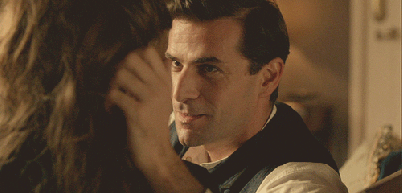

An engaging, pacy mystery with a terrific historical setting and fantastic series potential.

*I’d like to make it clear that the stars are for the book, not just the Grégory Fitoussi gif.

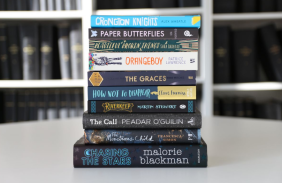
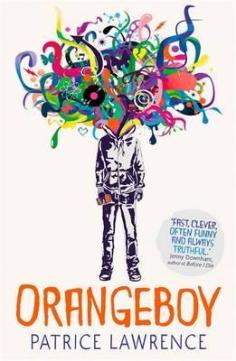 Orangeboy
Orangeboy 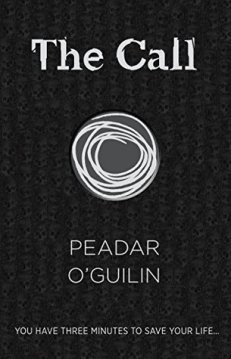
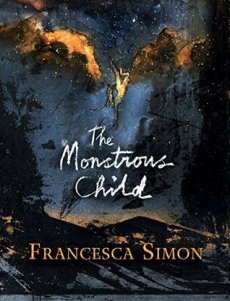
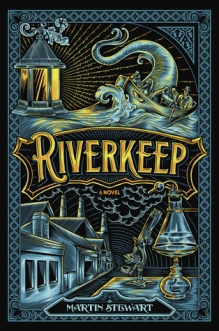 Riverkeep
Riverkeep 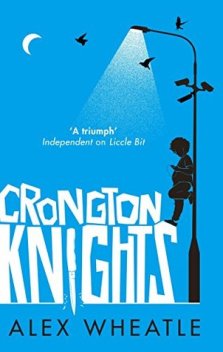

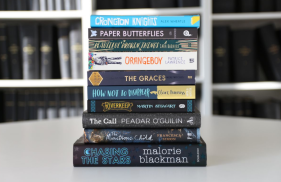
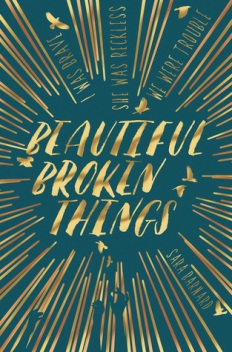 Beautiful Broken Things
Beautiful Broken Things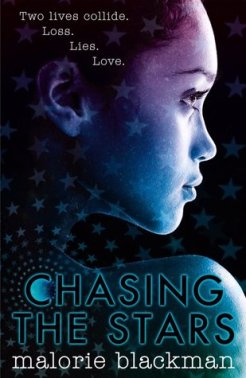
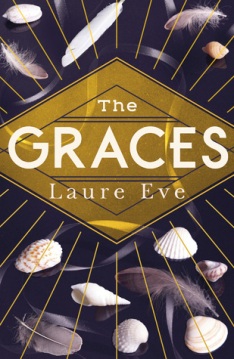
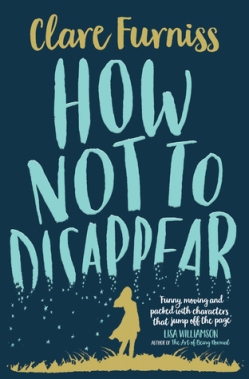 How Not to Disappear
How Not to Disappear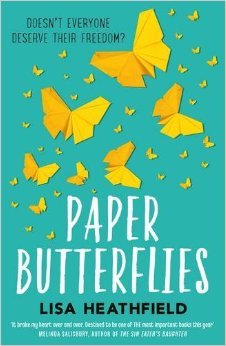

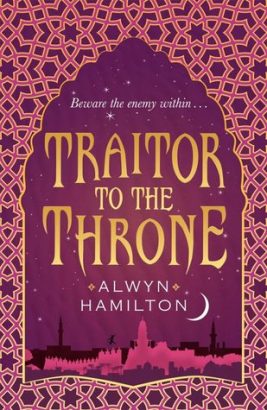 Author: Alwyn Hamilton
Author: Alwyn Hamilton

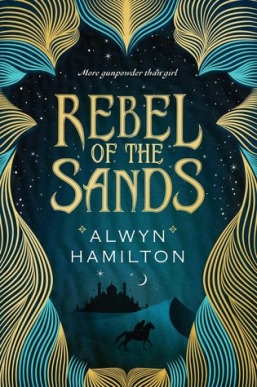 Author: Alwyn Hamilton
Author: Alwyn Hamilton
